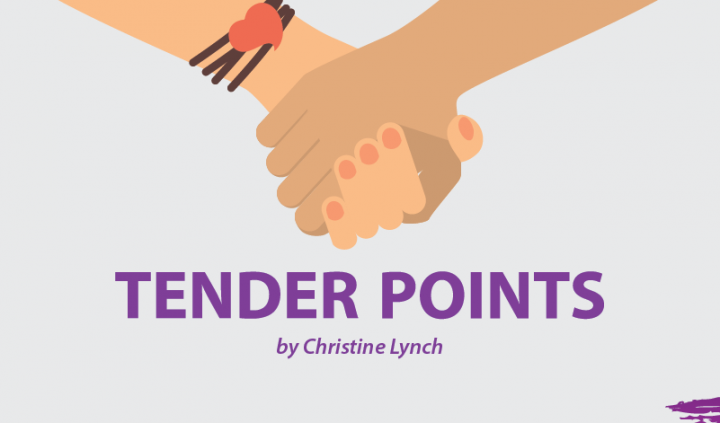Quite by accident this week, I learned something important about myself. It was the eighth day of a very painful recurrence of occipital neuralgia. At the emergency room, I was told that the estimated wait time was at least four hours.
In addition to a pain level of nine out of 10, my emotions were at an all-time high. Self-pity was high on my list, followed closely by frustration, fear, and disappointment at missing the memorial service for a friend’s husband. I had spent the better part of the day around truly sick patients. And there was the niggling thought that by the time a doctor saw me, I’d be feeling fine.
That did not happen.
What did happen was an onslaught of tears. It was the first time I remember actually sobbing in public. By then, I was beyond caring. Once they began, my tears flowed like Niagara Falls. After many minutes and many tissues, they finally stopped.
That’s when I made my discovery. My pain wasn’t quite so bad! Did crying reduce my pain? I was excited to return home and research this theory.
What I found were mixed results. One often-quoted study indicated that emotional tears (meaning those from pain rather than from peeling onions) contained more protein than other tears, indicating that healing had taken place. However, subsequent studies failed to produce the same results. One study showed that a third of the participants showed no improvement.
Results of studies done on the effects of crying on mood, however, are more positive. The heart rate increases and breathing slows. Slowing of breathing could be responsible for my decrease in pain — I learned breathing exercises in pain management classes. But there’s probably more to it than I understand.
For some people, crying may be self-soothing. But this is not true for all people or all cultures. In Japan, crying in public is frowned upon. People there are turning to crying workshops.
Interestingly, crying appears to have a more therapeutic effect if done in the presence of a supportive person. Research shows that someone in a secure relationship cries more easily and more appropriately than a person with no close relationships. Also, criers felt worse rather than better after crying if they considered it to be embarrassing or shameful.
I was fortunate that my husband was with me in the emergency room. Perhaps his presence made it easier or more acceptable for me to cry. I’ve experienced tears from pain twice more since then — both times in the privacy of my home. Each time, my pain level went down after I cried.
Regardless of what the research says, I learned that crying is therapeutic for me.
Patients know all too well that our fibromyalgia bodies are different from other people’s bodies. Perhaps our tears are just another example of how this is true.
***
Note: Fibromyalgia News Today is strictly a news and information website about the disease. It does not provide medical advice, diagnosis, or treatment. This content is not intended to be a substitute for professional medical advice, diagnosis, or treatment. Always seek the advice of your physician or other qualified health provider with any questions you may have regarding a medical condition. Never disregard professional medical advice or delay in seeking it because of something you have read on this website. The opinions expressed in this column are not those of Fibromyalgia News Today, or its parent company, BioNews Services, and are intended to spark discussion about issues pertaining to fibromyalgia.


It decreases my pain too. I also feel a sense of emotional discharge, I feel calmer and better after the crying is done.
I suspect lots of us with fibro were trained not to cry by our parents and teachers. Be an interesting study.
Yes, but I have Sjogren’s and no tears come down. It’s raining here, and I’m taking Norfolk and oxycodone. Thanks to those who still enable us to get pain meds. Could not bare this otherwise. And now, my son calls while on tour, and he’s not sleeping. I am so afraid he is going to get fibro too. My older son had it, my daughter has it, my dad had it. It saps the joy from life……….i hope you finally got some pain relief….
I find actually quite the reverse, tears will bring on a major fibromyalgia attack and therefore avoid crying as much as I can.
same with me too., if anything crying increases my pain following. :/